Vintage Singer Sewing Machines: A Timeless Legacy
Singer sewing machines have long been revered as the epitome of quality and craftsmanship in the world of sewing. With a rich history dating back to the mid-19th century, vintage Singer sewing machines continue to captivate sewing enthusiasts and collectors alike. Here we will explore popular vintage and antique models in several categories. Let’s begin by defining the terms vintage and antique.
Antique or Vintage Sewing Machine?
Antique and vintage sewing machines refer to ones manufactured decades ago, typically between the mid-19th century and the mid-20th century. Collectors, sewing enthusiasts, and those with a fondness for nostalgia highly seek these machines, even though people consider them relics of the past.
Vintage sewing machines are minimally over 40 years old and built to last. Many of them are still in working condition today. Collectors, sewing enthusiasts, and those with a fondness for nostalgia highly seek these machines, even though people consider them relics of the past.
Antique sewing machines are at least 100 years old. People admire these machines for their rarity and immense historical value, as they represent the earliest advancements in sewing technology. Their designs are a testament to the craftsmanship used to manufacture them. People admire these machines for their rarity and immense historical value because they represent the earliest advancements in sewing technology.
Why Collect Sewing Machines
Owning an antique or vintage sewing machine allows you to connect with the rich heritage of sewing and appreciate the ingenuity of past generations. These machines serve as reminders of a bygone era, evoking a sense of nostalgia and providing a tangible link to the history of textile arts and craftsmanship.
Whether used for practical sewing purposes or displayed as treasured pieces of history, antique and vintage sewing machines carry a unique charm and allure that captivates collectors and sewing enthusiasts alike.
Singer Sewing Machine Company Brief History
The Singer Sewing Machine Company was founded in 1851 by Isaac Merritt Singer and Edward Clark. Their revolutionary sewing machine transformed the way people approached sewing, making it more efficient and accessible. Singer’s commitment to innovation and superior design quickly propelled the company to the forefront of the industry.
Throughout its history, Singer developed an impressive array of sewing machines, catering to diverse sewing needs. From treadle machines to handheld models and industrial powerhouses, each Singer machine exhibits a distinct charm and functionality.
Singer has manufactured its sewing machines in a number of countries throughout its history. The International Sewing Machine Collectors’ Society website provides a description of all the countries where Singer sewing machines have been made. Use their site as a starting point to identify a particular model, It is available at the International Sewing Machine Collectors’ Society website article, “Comprehensive Singer Sewing Machine Model List“.
Sewing Machine Characteristics
We have decided to to use different characteristics of the sewing machines to create four categories for these antique and vintage models. Note that the categorization is based on the general characteristics and usage of these sewing machine models. Some models may have variations or optional features that can affect their classification.
Let us now begin to explore the most prominent categories of vintage Singer sewing machines and their popular models.
Treadle Machines
Treadle sewing machines harken back to a bygone era when foot-powered machines were the norm. A foot pedal operates these antique machines, activating a drive mechanism connected to a large flywheel. This allows for a rhythmic and hands-free sewing experience.
Treadle machines offer a touch of nostalgia. They are sought after by collectors and sewing enthusiasts who appreciate their mechanical simplicity and historical charm. This category represents some of the earliest Singer sewing machines, showcasing an elegant blend of form and function.
Our article “Antique Treadle Sewing Machines: Timeless Beauty” provides a step-by-step process to identify your antique sewing machine.
Home Sewing Machines
Home sewing machines, often housed within cabinets, are designed for domestic use and provide a dedicated sewing space. These machines typically came with a sturdy cabinet that offered storage for accessories and a flat surface for fabric handling. T
They are ideal for sewists who want a dedicated sewing area within their home, providing convenience, organization, and a stylish addition to their sewing space.
Portable Sewing Machines
Lightweight and compact, making them easy to carry and transport, portable sewing machines are perfect for moving where you need them. These are favorites of sewists who frequently attend classes, workshops, or sewing groups.
Portable sewing machines offer convenience without compromising on functionality, allowing you to sew on the go.
Mini Sewing Machines
Mini sewing machines are small-scale versions of traditional sewing machines. Despite their compact size, they still offer basic sewing functionalities.
Ideal for quick repairs, crafting, and beginners who are learning to sew, they are lightweight, easy to store, and often affordable. A popular choice for those with limited space or budget constraints.
Categorization Thoughts
Each category offers unique advantages to suit the different sewing needs and preferences that were prevalent during each model’s lifespan. Everyone has a preference for which type captures their imagination. There is the antique appeal of a treadle machine, the beauty of a cabinet, the convenience of portability, or the compactness of a mini sewing machine.
Antique and Vintage Singer Sewing Machine Models
The following sections describe some of the more popular Singer vintage and antique sewing machines that collectors seek.
Treadle Sewing Machines
Model 27
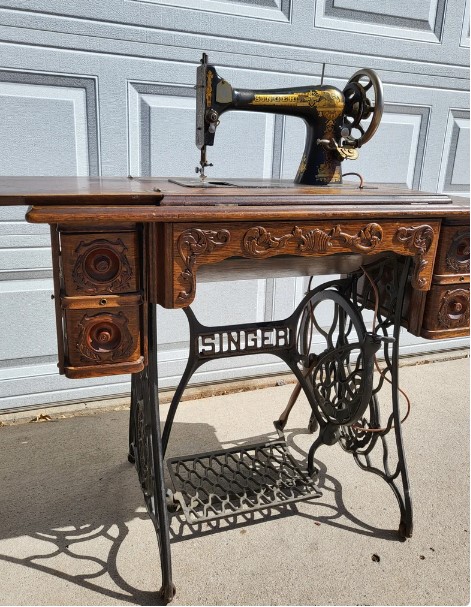
The Singer Model 27 is a beloved vintage sewing machine that has stood the test of time. This model was manufactured from 1891 to 1913 and became an instant hit.
With its ornate details and treadle-powered mechanism, it exudes nostalgia, through its intricate decals, and craftsmanship.
This model offered a wide range of stitch options. It became a trusted companion for sewists throughout the years because of its reliable performance and elegant appearance.
The collectibility of the Singer Model 27 lies in its historical significance as one of the earliest treadle sewing machines. It is highly sought after by collectors.
Model 66
The Singer Model 66 treadle machine was produced from 1902 to 1953. It improved stitch quality and durability.
Its full-size, heavy-duty construction made it a reliable sewing workhorse. A larger sewing space allowed for different projects.
As important as durability, the machine is capable of producing a reliable straight stitch and some other stitch variations.
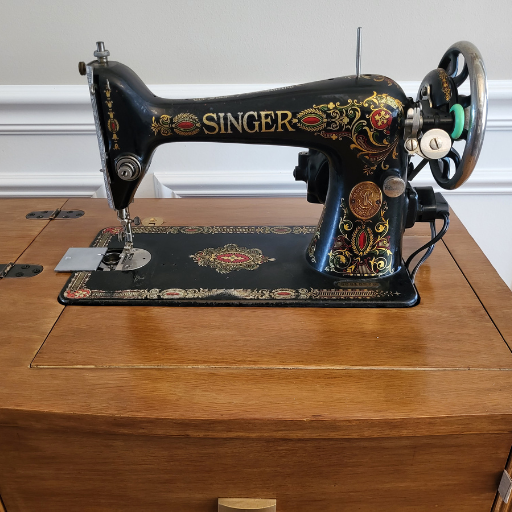
If you own one of these vintage sewing machines, it’s important to know how to properly thread it.
Here is a video demonstration of “How To Thread a Vintage Singer 66 (1941)”.
This sturdy machine features a high arm design and a smooth-running rotary hook.
People value it for its reliability and versatility. They produced both a treadle and electric motor model. It remains a favorite of collectors and sewing enthusiasts.
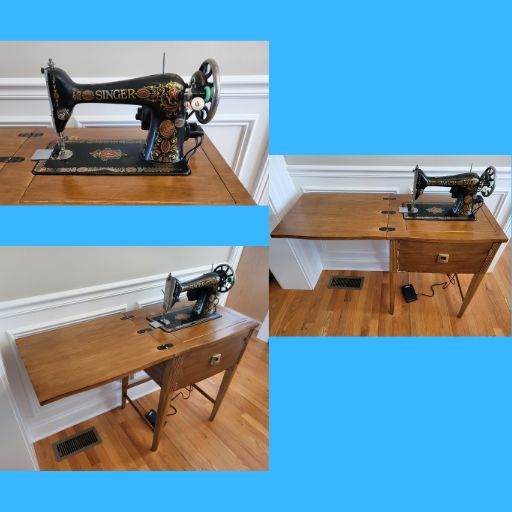
Home Sewing Machines
Home sewing machines by Singer brought the joy of sewing into households around the world. These machines offered versatility, ease of use, and a wide range of stitching options. We will consider sewing machines in cabinet structures to fall into this category.
Model 15
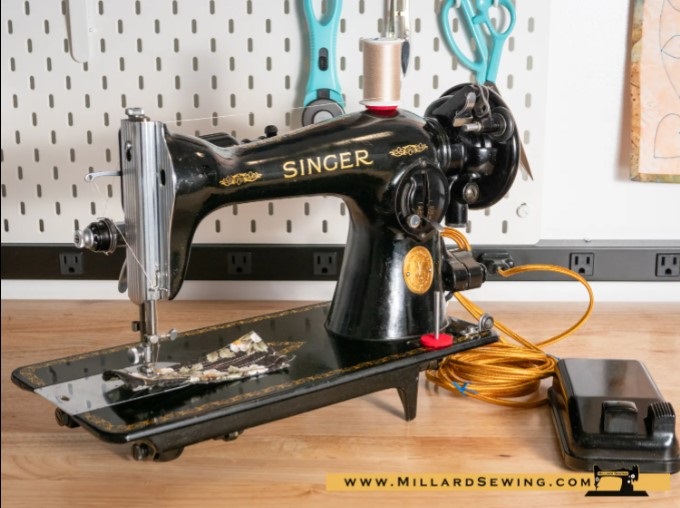
An iconic Singer sewing machine, the Model 15, was a staple in many households. Manufactured from 1895 to 1959, it became one of the most popular sewing machines of its time.
This machine represented a significant advancement in home sewing technology. Its design and affordability made it accessible to a wider audience.
The Model 15’s simplicity, reliability, and ability to handle a wide range of fabrics made it a popular choice for both beginners and experienced sewists. It featured a front-loading bobbin system and offered straight stitch capabilities.
Model 201
The Singer Model 201 is a highly regarded sewing machine known for its precision, smooth operation, and durability. These combined for a sleek modern design at the time. It was produced from 1935 to 1961.
With its robust build and advanced features, it became a favorite among professional sewists. This model offered a variety of stitches, including zigzag and decorative options. Its powerful motor allowed it to handle heavier fabrics with ease and produce exceptional stitch quality.
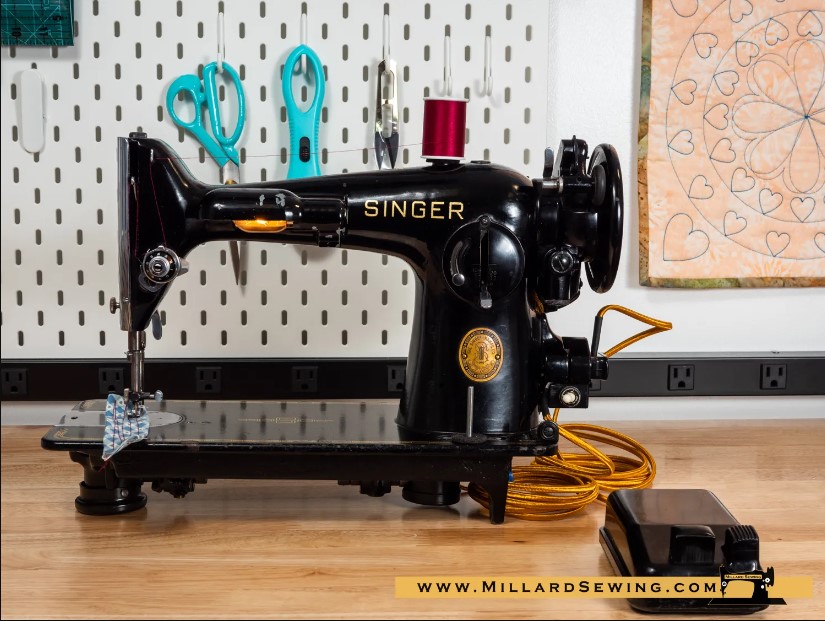
The innovative “Slant-Needle” design, introduced with this model, provided improved visibility while sewing. The machine’s robust construction and smooth operation made it a popular choice for sewing enthusiasts and professionals alike.
It is prized for its exceptional performance and advanced features, such as the direct-drive mechanism and adjustable stitch length. Collectors appreciate its smooth operation and ability to handle various fabrics and sewing techniques.
Model 15-91
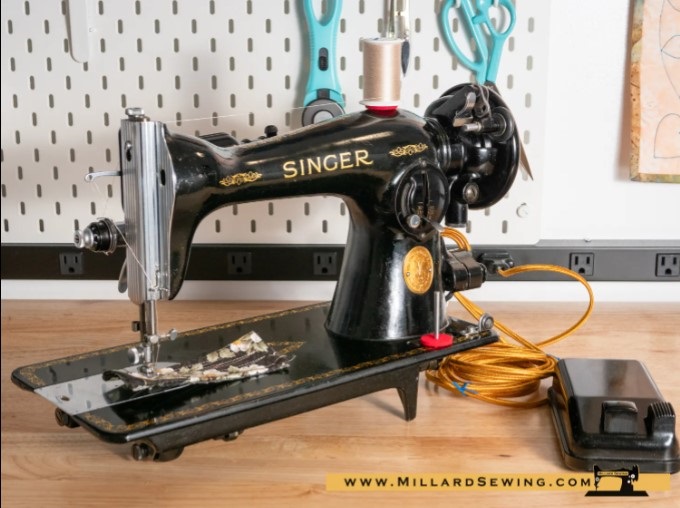
Introduced in the 1930s and manufactured till the late 1950s, the Model 15-91 is an upgraded version of the Model 15. It featured a more powerful motor, improved stitching capabilities, and a top-loading bobbin system.
Known for its excellent stitch quality, it was ideal for both garment construction and quilting. The Model 15-91 also introduced a reverse stitch function, further enhancing its versatility.
Introduced in the 1930s and manufactured till the late 1950s, the Model 15-91 is an upgraded version of the Model 15. It featured a more powerful motor, improved stitching capabilities, and a top-loading bobbin system.
Known for its excellent stitch quality, it was ideal for both garment construction and quilting. The Model 15-91 also introduced a reverse stitch function, further enhancing its versatility.
Handheld Machines
Handheld sewing machines provided portability and convenience. This allowed users to tackle quick repairs and small sewing projects on the go.
Model 99K
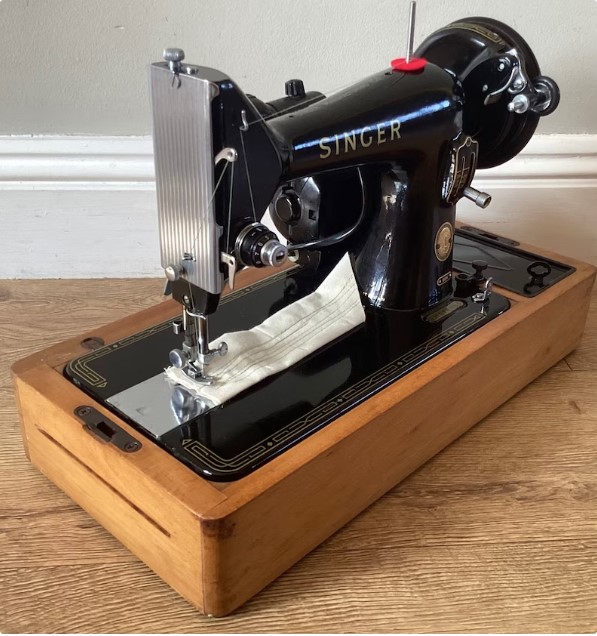
Introduced in 1911 and manufactured until the late 1950s, the Model 99K is a compact and lightweight machine. This model represents an era of sewing machine craftsmanship renowned for its durability, reliability, and classic design.
This iconic model helped establish Singer’s reputation as a leading sewing machine manufacturer. Its production spanned several decades, and it became a popular choice for sewists around the world.
The machine featured a low shank design and offered straight stitch functionality. It has adjustable stitch length and width, allowing for customization based on the desired sewing technique or fabric type. Additionally, there were a selection of available presser feet and attachments, enhancing its functionality and enabling sewists to explore various sewing projects with ease.
Its compact size and portability is one of the advantages of the Singer 99K. The machine’s small and lightweight design made it convenient to transport and store. This made it ideal choice for sewists with limited space.
Despite its smaller size, people know the Singer 99K for its sturdy construction, quiet operation, smooth stitching, and versatility.
Featherweight 221
The Singer Featherweight 221 is a highly sought-after vintage sewing machine that has captured the hearts of collectors and sewing enthusiasts for decades. Manufactured from 1933 to 1964, this model represents a remarkable era of sewing machine craftsmanship and innovation.
Weighing only 11 pounds, this compact and beautifully designed machine offered excellent stitch quality and the capability to sew a variety of fabrics.
One of the standout advantages of the Singer Featherweight 221 was its exceptional portability. It can be conveniently carried and set up anywhere inspiration strikes. This makes it an ideal choice for sewists who attend classes, workshops, or sewing gatherings.
Its compact design does not compromise its performance, allowing sewists to achieve precise and professional-looking results. Despite its small size, it offered impressive stitch quality and handled a wide range of fabrics, from delicate silks to lightweight cottons and even heavier materials like denim.
Another reason the Singer Featherweight 221 is highly collectible is its timeless design and aesthetic appeal. It features a classic black finish with elegant gold decals, exuding a sense of vintage charm. The machine’s compact and streamlined appearance, along with its sturdy build quality, makes it a visually pleasing addition to any sewing room or collection.
Model 221K4
An updated version of the Featherweight, the Model 221K4 was manufactured in the 1950s. It introduced additional features, like free-arm capability and included a revised tension assembly. Improved motor performance further enhanced its reputation as a reliable machine.
The Singer 221K4 offers a delightful combination of history, portability, and sewing excellence. Its limited production, classical design, and outstanding performance make it a coveted vintage sewing machine
Model 222K
The Model 222K was introduced in the mid-1950s and produced through the mid-1960s. Also known as the “Freearm Featherweight,” it notably retained the compactness and portability of the Featherweight. The addition of a removeable extension table and a free arm allowed for greater sewing flexibility. Moreover, the free arm design made it significantly easier to sew cylindrical items, such as sleeves and cuffs.
What sets the Singer 222K apart from the Singer 221 models is its ability to perform free-motion sewing. The 222K features a drop feed mechanism that allows sewists to lower the feed dogs, giving them greater control over the fabric and enabling techniques such as free-motion quilting and embroidery. This feature expands the creative possibilities for sewist.
Despite its compact size, the Singer 222K offered versatility and excellent stitch quality. It has the ability to handle a wide range of fabrics and sewing techniques with precision and ease. The machine’s powerful motor ensures smooth and consistent stitching, making it suitable for both delicate fabrics and more robust materials.
Mini Machines
Designers made mini sewing machines compact and lightweight to cater to sewing needs in smaller spaces or for beginners.
Model 20
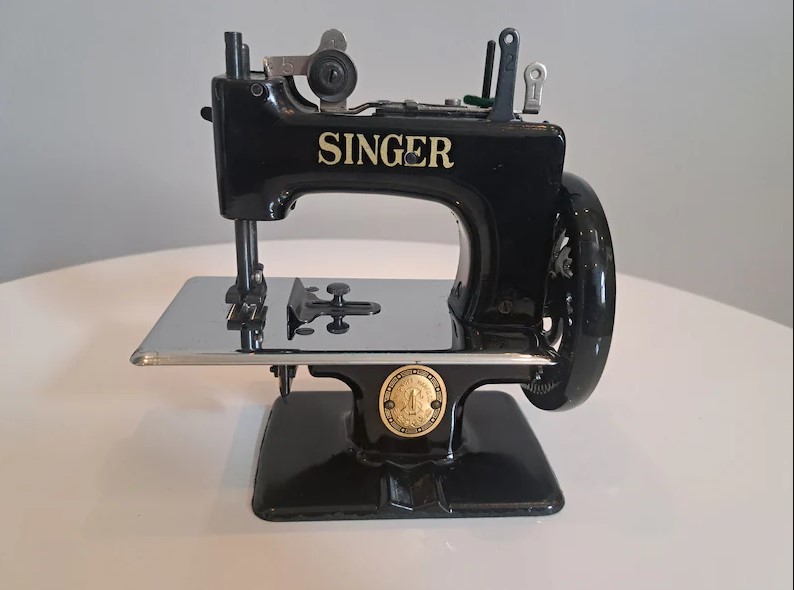
They marketed this miniature sewing machine as the “Sewhandy.” It was also known as the Singer Toy Machine. Manufactured from 1914 to 1922, it was a favorite among young sewers and introduced them to the world of sewing. This sparked their creativity and nurturing their interest in crafting.
Designed for small repairs and quick stitches, its hand operation made it convenient for travel. While not as powerful as larger machines, the Model 20 served its purpose as a compact and portable sewing solution.
What sets the Singer Model 20 apart from other Singer models of the time is its focus on simplicity and usability for young sewists. It featured a single-thread, chain-stitch mechanism, which is easy to learn and operate. This mechanism produces a secure stitch and helps beginners develop their sewing skills with confidence. The Singer Model 20 was designed with safety in mind, with no exposed moving parts that could harm young users.
As one of the earliest toy sewing machines produced by Singer, it represents a time when people taught sewing skills at a young age. Many collectors appreciate its unique place in sewing history and the sentimental value it holds for those who learned to sew using this miniature marvel.
Embracing the Legacy
Vintage Singer Sewing Machines continue to be sought after for their timeless design, craftsmanship, and exceptional performance. The details of each model highlight the unique features and qualities that made them special within their respective category of vintage Singer sewing machines.
Whether you’re a sewing enthusiast, collector, or simply appreciate the artistry of these remarkable machines, you will find exploring the world of vintage Singer sewing machines a journey filled with discovery and inspiration.
The mentioned models represent a small selection of the many vintage Singer sewing machines available. There may be other notable models within each category.
RetroSewMachines.com is a participant in the Amazon Services LLC Associates Program. As an Amazon Associate, we earn from qualifying purchases. We also participates in other affiliate programs and may earn a referral commission if you purchase through links on this website. The information presented here is for general educational purposes only.

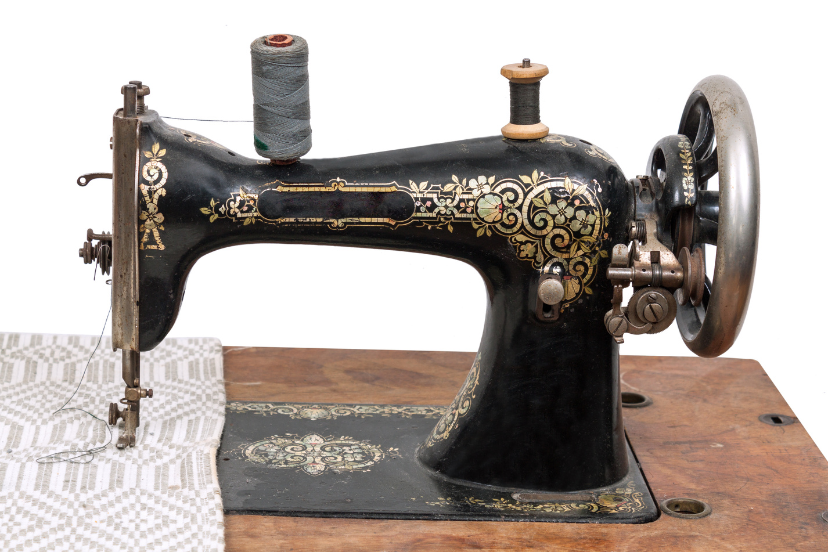

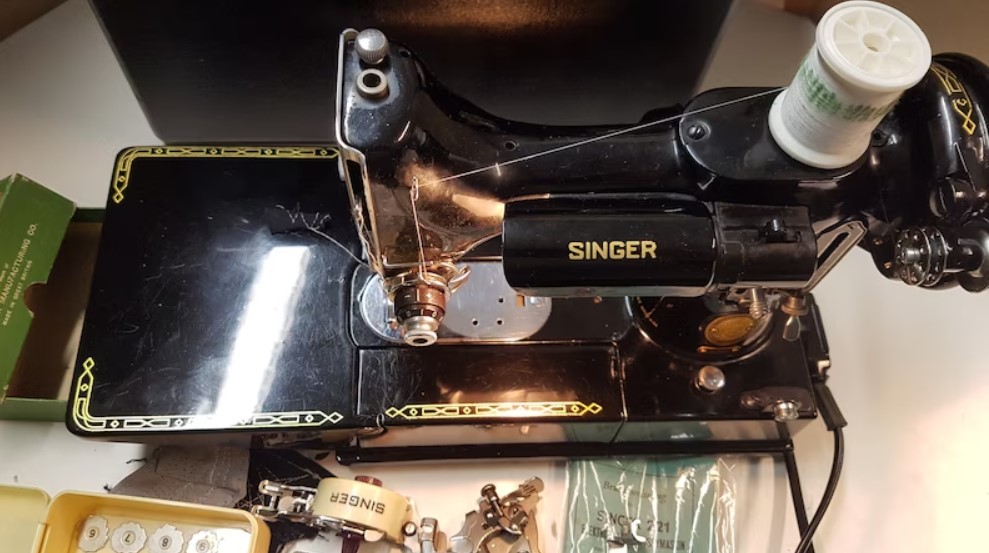
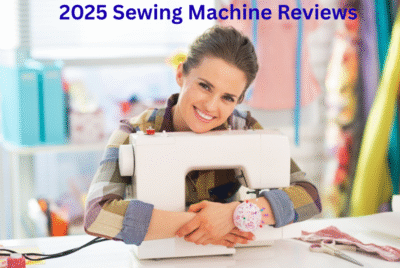
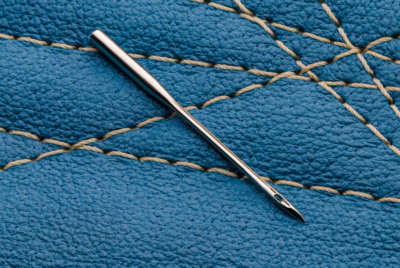
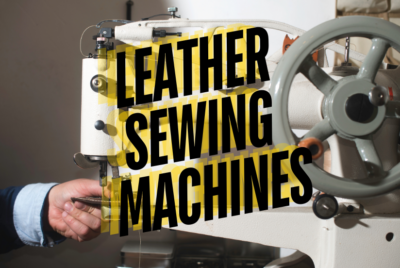
Comments are closed.